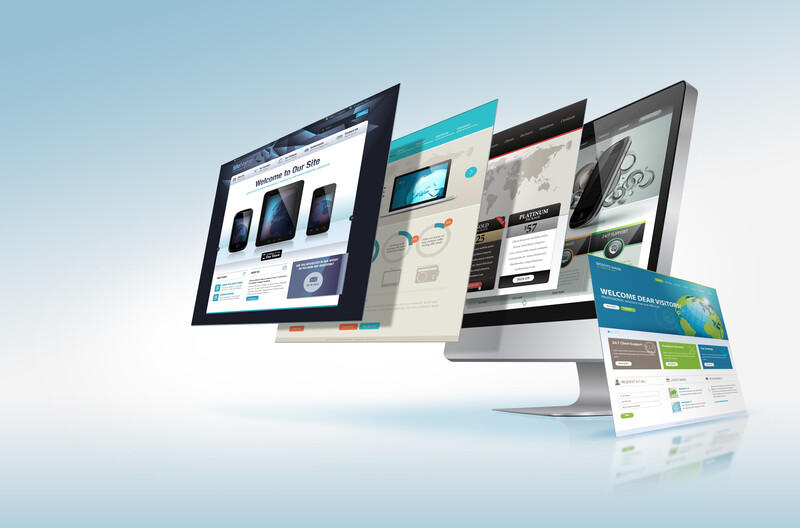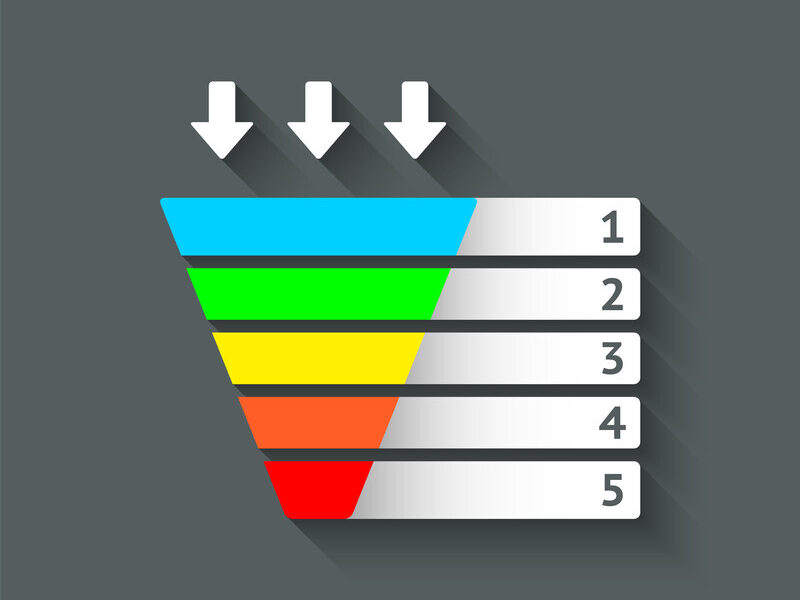In today’s competitive online landscape, capturing the attention of potential customers and retaining a loyal audience is more challenging than ever. With an overwhelming amount of content available and the average website visit lasting a mere 15 seconds, it’s crucial for businesses to establish a strong online presence. One of the most effective ways to achieve this is through the use of lead magnets. In this comprehensive guide, we’ll dive deep into the concept of lead magnets, their importance, and best practices for creating high-converting lead magnets for your target audience.
Understanding Lead Magnets
A lead magnet is an irresistible offer you make in exchange for a prospect’s contact information, such as their email address, name, or phone number. The primary goal of a lead magnet is to convert website visitors into potential customers by providing them with valuable content, resources, or exclusive deals. By offering something of value, you can build a strong customer base and nurture leads through targeted email marketing campaigns.
The Importance of Lead Magnets
Lead magnets play a vital role in the digital marketing landscape. They let you:
1. Capture valuable customer information:
Lead magnets help businesses collect contact information from potential customers, which can be utilized for targeted marketing campaigns and personalized communication.
2. Build a loyal audience:
By offering valuable content and resources, businesses can establish themselves as industry experts and foster trust with their audience, encouraging repeat visits and long-term customer loyalty.
3. Increase conversion rates:
With a well-crafted lead magnet, businesses can increase the chances of converting website visitors into qualified leads and, eventually, paying customers.
4. Segment and target customers:
By offering different lead magnets tailored to specific audience segments, businesses can better understand their customers’ needs and preferences, allowing for more targeted marketing efforts.
Qualities of a High-Converting Lead Magnet
To create an effective lead magnet, businesses should focus on the following key qualities:
1. Specificity:
A successful lead magnet addresses a specific problem and offers a targeted solution for a particular audience segment. The more targeted the lead magnet is, the higher the chances of attracting and qualifying a lead.
2. Instant gratification:
Potential customers are more likely to opt-in for a lead magnet that offers immediate value. Ensure that your lead magnet provides a quick solution, resource, or reward to entice users into sharing their contact information.
3. Unique value:
To stand out from the competition, your lead magnet should offer something unique that cannot be easily found elsewhere. This could be exclusive insights, expert advice, or a proprietary tool or resource.
4. High perceived and actual value:
Your lead magnet should not only look and feel valuable but should also provide genuine value to your audience. Invest in creating high-quality content and resources that truly address your audience’s needs and pain points.
Types of Lead Magnets
There is a wide variety of lead magnet types to choose from, depending on your business and target audience. Here are ten popular lead magnet formats:
1. Checklists
Checklists are simple, easily digestible resources that help users complete tasks or achieve specific goals. They can be created by repurposing existing blog content or as standalone resources to address common audience pain points.
2. Webinars
Webinars offer an interactive and engaging format for sharing valuable insights and expertise with your audience. By hosting live webinars or offering access to recorded sessions, you can provide high perceived value and create a sense of urgency for their audience.
3. Templates
Templates are pre-made resources that help users save time and effort by providing a starting point for various tasks or projects. They can include email templates, social media content, spreadsheets, or graphic design elements.
4. Case Studies
Case studies showcase the success stories of real customers who have used your products or services. By providing concrete examples of the value your business offers, case studies can effectively build trust and persuade potential customers to take action.
5. Discounts
Offering discounts or special deals in exchange for contact information is a popular lead magnet strategy, especially for e-commerce businesses. This type of lead magnet incentivizes users to share their information by providing immediate financial benefits.
6. Software Trials or Demos
Providing access to software trials or product demos can be an effective lead magnet for businesses offering digital products or services. By giving potential customers a taste of what they can expect from your product, you increase the likelihood of converting them into paying customers.
7. Quizzes or Surveys
Interactive quizzes and surveys can be highly engaging lead magnets that encourage users to share their contact information in exchange for personalized results or insights. They can also provide valuable data for businesses looking to better understand their audience.
8. Samples
Offering free product samples or trial access to services can be a powerful lead magnet, particularly for businesses in the health, beauty, or subscription-based industries. Samples can create a sense of immediate gratification and encourage users to explore your product offerings further.
9. Resource Libraries
A resource library is a curated collection of valuable content, tools, or resources related to your industry or niche. By offering access to a comprehensive library, you can position yourself as a thought leader and provide ongoing value to your audience.
10. Exclusive Insights or Behind-the-Scenes Content
Offering exclusive insights, industry secrets, or behind-the-scenes content can be a compelling lead magnet that showcases your expertise and provides unique value to your audience. This can include expert interviews, in-depth guides, or proprietary research findings.
Creating and Implementing Lead Magnets
To create a high-converting lead magnet, you should follow these steps:
1. Identify your target audience: Understand the needs, preferences, and pain points of your target audience to craft a lead magnet that addresses their specific challenges.
2. Choose a lead magnet format: Select a lead magnet format that aligns with your business, audience, and content strategy. Consider experimenting with different formats to determine what resonates best with your audience.
3. Create valuable content: Develop high-quality, unique, and valuable content for your lead magnet that genuinely addresses your audience’s needs and establishes your business as an expert in your industry.
4. Design and optimize your lead magnet: Invest in the design and presentation of your lead magnet to ensure it looks professional and visually appealing. Optimize your lead magnet for search engines by incorporating relevant keywords and phrases.
5. Promote your lead magnet: Use various marketing channels, such as social media, email marketing, and paid advertising, to promote your lead magnet and increase its visibility.
6. Track and analyze performance: Monitor the performance of your lead magnet by tracking key metrics, such as conversion rates, engagement, and customer feedback. Use this data to optimize your lead magnet and improve its effectiveness over time.
7. Nurture your leads: Once you’ve captured a prospect’s contact information, engage them through targeted email marketing campaigns and personalized communication to nurture the relationship and guide them towards becoming a paying customer.
Conclusion
Lead magnets are an essential tool for businesses looking to attract and retain a loyal audience in today’s competitive digital landscape. By understanding the qualities of a high-converting lead magnet and implementing strategic lead magnet campaigns, businesses can effectively capture valuable customer information, build trust with their audience, and ultimately convert more prospects into loyal customers.




